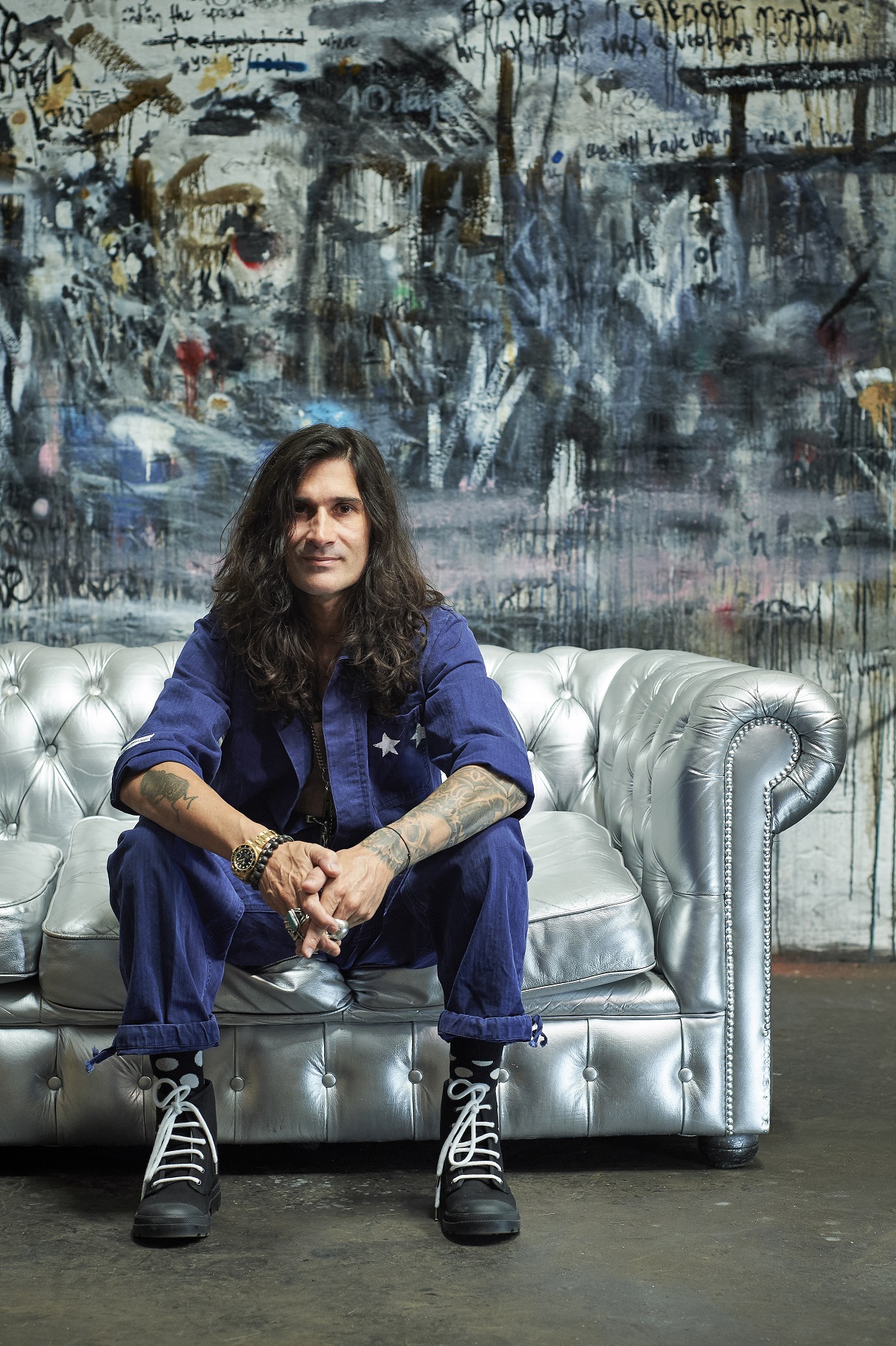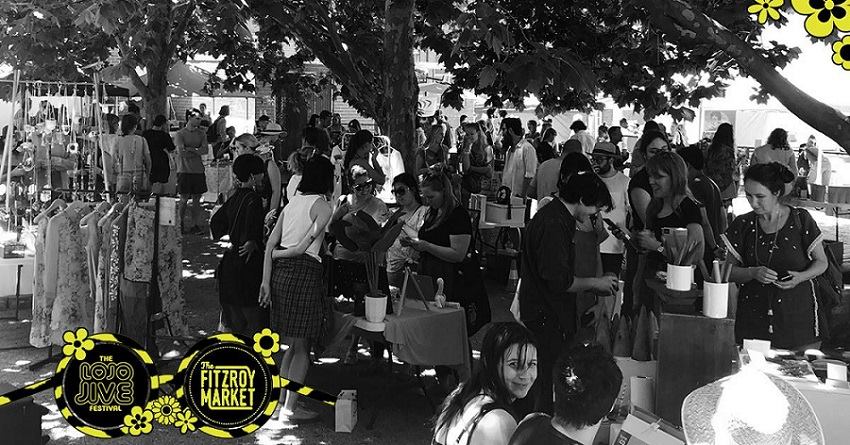Doorways in trees and strange characters courting fish; giant pink bunnies and costumed skeletons; such is a glimpse into the world of Stormie Mills. He’s been a major figure in Australian street art for decades, and has been celebrated and exhibited around the world. Now his latest showcase arrives in Melbourne to offer a rare insight into Mills’ own angels and demons. Life Traps and Other Things finds the Perth-based artist turning his creative gaze inwards, and the characters he finds there are both surreal and universal.
“The way I perceive these characters, I paint them the way I see the world,” Mills muses. “There’s certainly a lot of me in them. In a weird way, if it were to be an emotional portrait of me, it would be quite accurate. What is most difficult is that I have to feel all of these things in order to be able to paint them, and that’s not always a pleasant thing. What I’m looking for though is, where is the glass half-full in this scenario? How does this character get out of this? And I think that’s what led me to the notion of this whole exhibition, and Life Traps.
“Life Traps are things that we all have. We all have something learned as a child that could be maladaptive, that could make and break us. I wanted to look at not only my own Life Traps, the things that hold me back, but analyse the things that are holding other people back, too.”
Mills has long been celebrated for his idiosyncratic style and the whimsically-grim repose of his characters. There’s something both startling and sad to his creations, and yet that optimistic, glass-half-full touch is always evident. It’s a compelling style, and one that has been an evolving part of Mills’ life since he was a child.
“I’ve always been interested in drawing and I did art at school, though I didn’t do particularly well in art at school,” he laughs. “But we were always given things to draw and to copy. So when the graffiti thing came along, I latched onto the idea of characters and figures in that. They were similar to the things that I’d been copying, and so I wanted to look at those sorts of things. I guess it’s a bit like when you’re a kid learning to play guitar in your bedroom. You’re learning by listening to other songs, and then at some point you have a choice. You can go on to be a cover band, or make your own music. I made the decision to make my own music. From there it’s been ever-decreasing circles. A process of stripping things back, of refining things and making things your own.”
Which isn’t to say his work has become simplified over the years. Indeed, the gamut of Mills’ observations and how that channels into his creativity is always expanding. Instead, it’s a matter of crafting a voice; of finding that peculiar streak of individuality and insight that’s entirely your own. As an artist still in the middle of his career, Mills continues to hone that talent while also recognising the larger motifs that have emerged throughout his work.
“I did a book a few years ago, the first I ever published, with Arts WA who had a mid-career fellowship. The idea was I’d do a publication that went from 1987 to 2007, something like that. And when I looked at all the images and collated them from that period, I had very distinct and common themes. Which was a really interesting process to me.
I was aware I had reoccurring iconography in my work, but I never really thought about the themes. In that process of refinement, there’s also been an increase in complexity of the media – to challenge myself a bit more, and to look for different effects and different subtleties. Originally the idea to use graffiti remover in my painting was to do with the running battles I’ve had with people who paint over graffiti, and that was my way of having a bit of a slight at them, of pointing out the futility of not only what they were doing but also, at times, what I’ve been doing myself.”
For someone whose style emerged from public spaces – graffiti seems to have been a legitimately life-changing discovery for Mills – the relationship between visual art and public consumption is something very close to his heart. Life Traps and Other Things aims to not just showcase Mills’ latest work, but to identify the psychological snares we all might carry and, most importantly, to generate genuine conversations between observers.
“I’m always a little reticent to say this character is in the middle of this story, because I love the fact somebody can stand in front of it and say, this is the story I see. And in the process of them telling you what they see, they’re really telling you how they see the world. They’re telling you about themselves, how things feel to them. I think that’s very important, because that could be between two perfect strangers who are suddenly sharing information about themselves. And then, without them even realising it, they’re not necessarily strangers anymore.”







